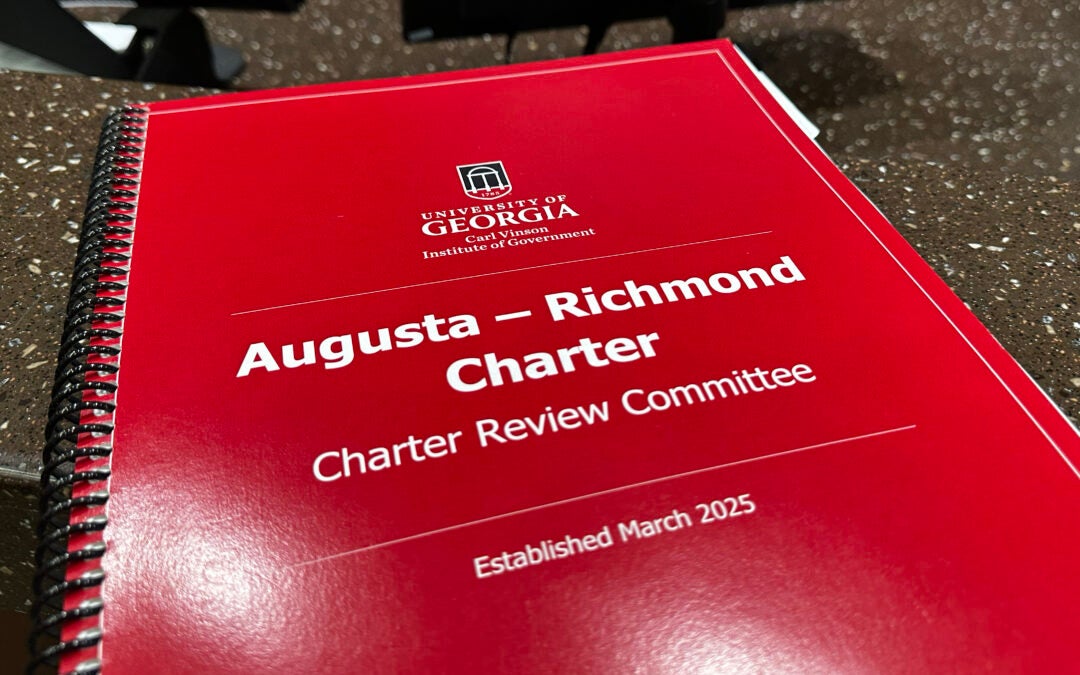by Ty Tagami | Capitol Beat News Service
ATLANTA — Nearly nine out of every 10 Georgia high school students in the class of 2025 earned a diploma within four years, setting a record.
With one exception, Georgia’s on-time graduation rate has increased every year since the class of 2011. That was the first class to earn diplomas under a new federally mandated counting system that required schools to account for students who transferred away and to base the grad rate on four years of high school.
State School Superintendent Richard Woods attributed the relentless gains to strategies such as credit recovery, wherein students retake failed courses. He also pointed to tutoring and extra services for those deemed to be at risk of failure.
“While more work remains to be done, more Georgia students are graduating than ever before – and they’re doing so prepared to pursue futures full of opportunity,” Woods said in a statement Monday announcing the 2025 rates for the state and for school districts.
The 2025 statewide average was 87.2%, up nearly two percentage points from the prior year when it was 85.4%.
It has climbed nearly every year since the new method of calculation was implemented in 2011, when 67.4% graduated on time. The only outlier was the class of 2021, which experienced half of junior year and all of senior year during the COVID-19 pandemic. Their rate fell a tenth of a percentage point from the prior year to 83.7%.
Then, the statewide rate started rising again, first by several decimal points a year, then by a full point in 2024, leading to the relatively big increase last spring.
Under the federal “four-year adjusted cohort graduation rate,” schools must count all students who enroll into their class year during high school. Officials can only subtract students who transfer out after confirming they reenrolled at another school.
The biggest increase — more than 6 percentage points — occurred from 2014 to 2015, when the rate reached 79%. Experts at that time attributed the gains at least in part to improved tracking of students who disenrolled, with administrators becoming more adept at keeping records that showed their former students had landed at another school.
But the gains have been grinding since then, with an annual 1-point increase or less becoming the norm. Some researchers found evidence that similar gains nationally had resulted more from teaching than from bookkeeping, with tactics such as credit recovery and increased accountability contributing to the momentum.









